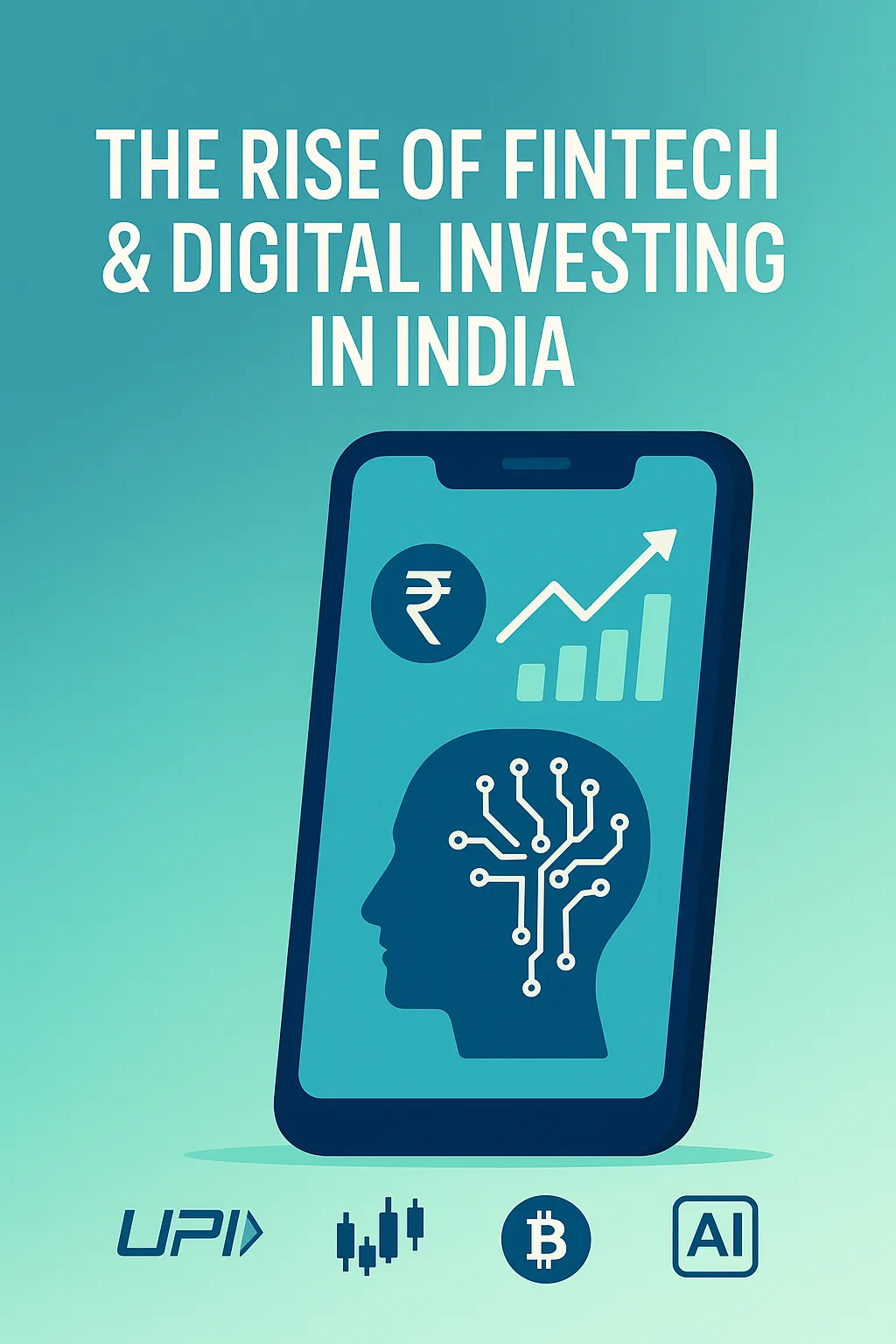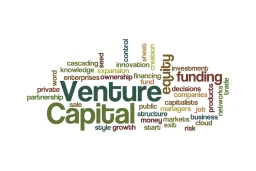The Rise of FinTech & Digital Investing in India

The way India saves, invests, and manages money has undergone a seismic transformation in the past decade. What began as a handful of online trading platforms has evolved into a full-fledged FinTech revolution - blending finance with technology to make investing simpler, faster, and more accessible than ever. From UPI-powered payments to AI-driven robo-advisors and blockchain-based asset management, FinTech is changing how Indians grow wealth and plan for the future.
The FinTech Boom in India
India is now the third-largest FinTech market in the world, valued at over $150 billion by 2025 (EY India). Driving this surge are three powerful forces:
Mass smartphone adoption
Over 750 million Indians now have internet access, enabling easy adoption of finance apps and digital platforms.Unified Payments Interface (UPI)
UPI simplified money movement and built trust in digital finance, paving the way for wider participation in online investing.Government and regulatory support
Initiatives like Digital India, Aadhaar e-KYC, and Account Aggregator frameworks have reduced friction in onboarding and data sharing - making investing more seamless and compliant.
Popular FinTech & Digital Investing Platforms
Here’s a snapshot of the platforms shaping how Indians invest today:
These tools have democratized access - allowing first-time investors to start with as little as ₹100 and seasoned investors to automate their portfolios.
Comparing Features, Fees & Accessibility
Each FinTech platform operates on different revenue models from zero-brokerage trading (like Zerodha’s model) to subscription-based robo-advisors that charge annual fees.
What to look for before you invest digitally:
Ease of onboarding : How fast can you open and verify an account?
Transparency in fees : Check if there are hidden charges, fund expenses, or withdrawal fees.
User experience : A clean, intuitive dashboard can help avoid costly mistakes.
Integration : Can you link multiple accounts (bank, demat, UPI) easily?
Customer support : FinTechs with responsive support and educational resources add long-term value.
Risks to Keep in Mind
While FinTech makes investing accessible, it comes with new - age risks every investor must manage:
Cybersecurity threats – Data breaches and phishing attacks are rising. Always use 2FA (two-factor authentication) and update passwords regularly.
Regulatory uncertainty – Some segments (like crypto) still operate in gray zones. Stay informed about SEBI and RBI guidelines.
Over-automation – Relying solely on algorithms or robo - advisors without human judgment can backfire during volatile markets.
Data privacy – Many apps collect detailed financial and behavioral data; review their privacy policies before granting permissions.
How to Integrate FinTech into Your Investing Strategy
FinTech tools shouldn’t replace your financial wisdom they should enhance it. Here’s how you can make the most of them:
Start small, automate later: Begin with SIPs or fractional investing. Use automation once you’re confident.
Use data analytics: Apps like INDmoney or Moneycontrol help track all investments in one place.
Diversify across platforms: Don’t keep all your assets on one app. Spread risk across categories.
Educate yourself: Use FinTech platforms’ blogs, webinars, and insights for learning - not just transactions.
By combining traditional investment principles (diversification, discipline, long-term focus) with digital efficiency, you create a resilient, future-ready strategy.
Emerging Technologies Shaping the Next Wave
FinTech in India is only just beginning. Expect these technologies to dominate the next phase:
Artificial Intelligence (AI): Powering personalized financial planning, fraud detection, and credit scoring.
Blockchain: Ensuring transparency and security in asset tracking, smart contracts, and DeFi (Decentralized Finance).
Open Banking: Through the Account Aggregator ecosystem, investors can share financial data securely across platforms.
Embedded Finance: Non-finance apps (e.g., e-commerce, travel) integrating payments, insurance, or investment options.
Digital Rupee (CBDC): The Reserve Bank of India’s Central Bank Digital Currency could further streamline financial infrastructure.
Final Thoughts: The Future Is Hybrid
The rise of FinTech has turned India into a global digital finance powerhouse where traditional investing meets next-gen technology. But while the tools are powerful, the investor’s mindset remains the ultimate edge.
In the years ahead, success won’t depend on just which app you use but on how you balance technology with judgment, data with discipline, and automation with awareness.






